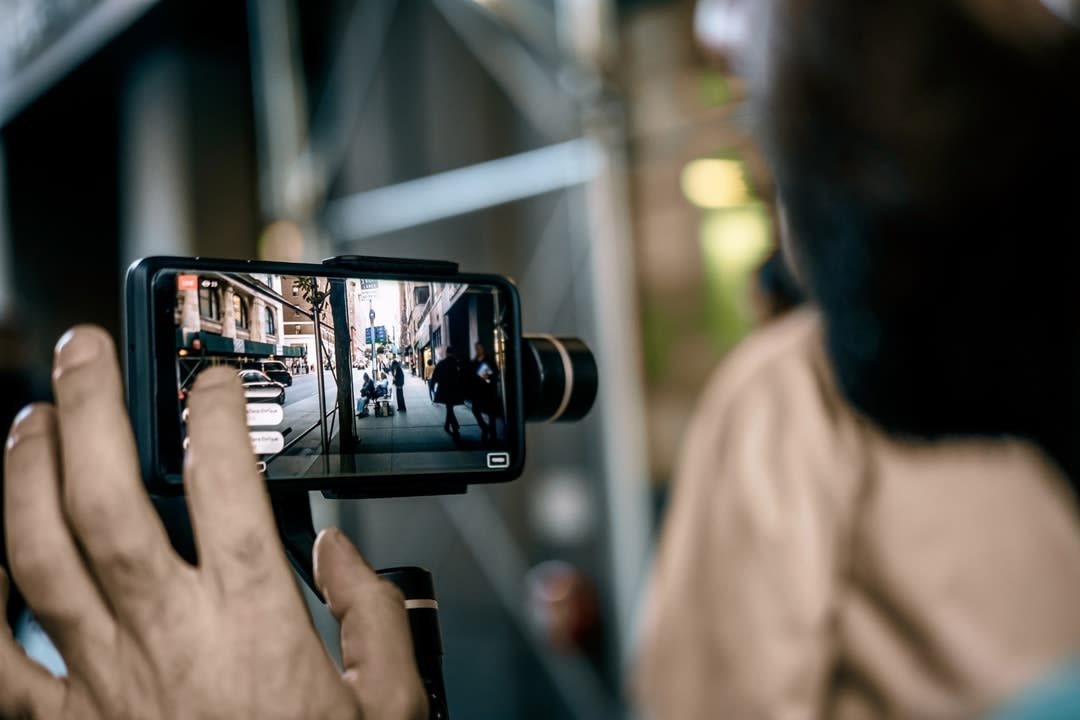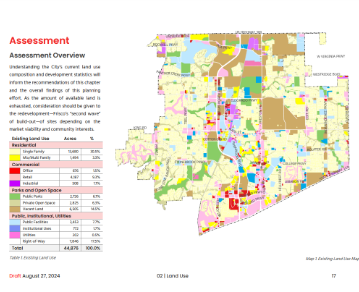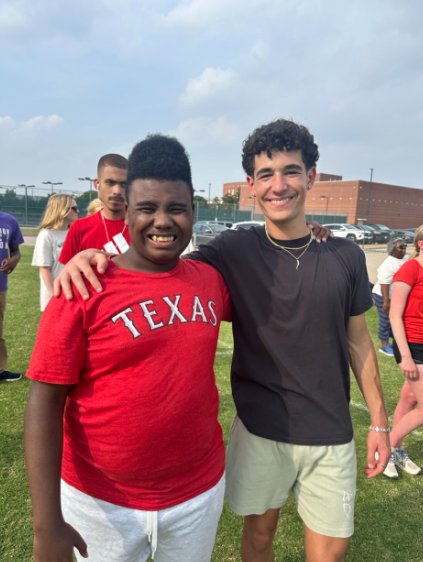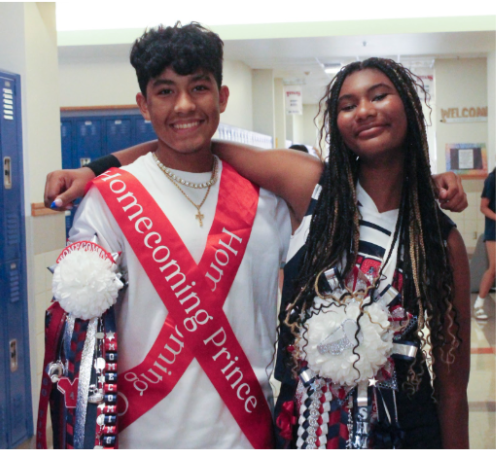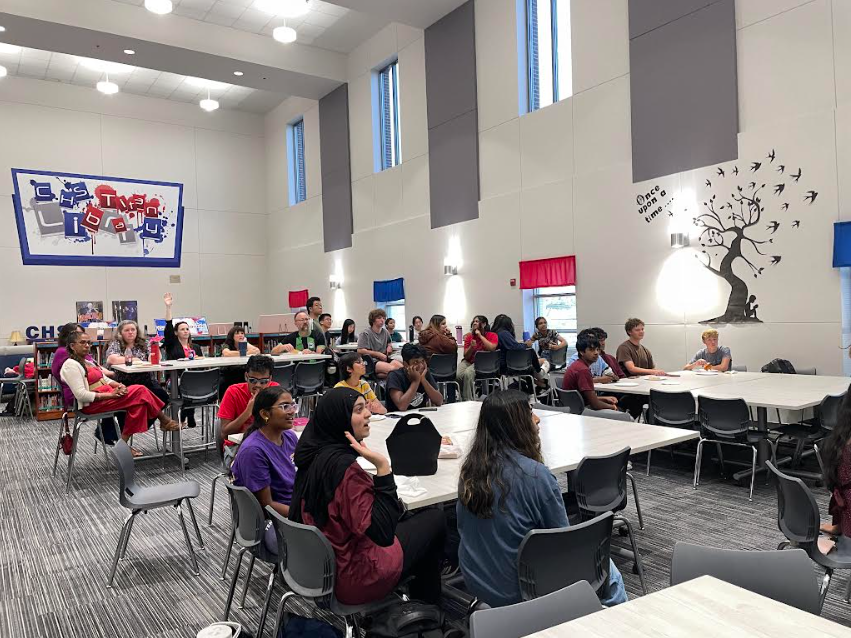In a constantly changing world, public high schools have the responsibility of molding future generations into compassionate individuals. It is important that every student, regardless of their abilities, backgrounds, or identities have a feeling of belonging.
A classroom that thrives on empathy is a place where differences are understood and acceptance is built. Inclusive education goes beyond modifying diverse learning needs, it strives to create an environment where every student has the opportunity to form meaningful relationships and each other’s differences are accepted beyond the four walls of a classroom. Teachers and staff play a large role in creating a truly inclusive and empathic learning environment.
“I try my best to make sure that all students in my classroom feel heard and understood, and remember that they are more than just a grade. I want to know who they are beyond the GPA,” said Mrs. Hopper, Broadcast Journalism teacher.
An inclusive culture is built with respect, empathy, and open-mindedness. Inclusive education goes beyond the classroom, it shapes the way students perceive themselves and others. Inclusive education encourages students to be empathetic towards each other and appreciate differences. Empathy is the first step towards creating meaningful relationships, inclusivity provides the opportunity for students to interact with peers from diverse backgrounds, abilities, and experiences, they develop an understanding on how students engage with the world around them.
Inclusive education impacts how students form friendships and connections outside of the classroom. As students learn to navigate differences in school, they also look to create meaningful bonds. The friendships created within inclusive classrooms become lifelong connections.
“When I was in journalism, I started talking to the people around me and it helped me gain confidence and friends, and helped me open up,” Junior Medha Shah said. “That led me to applying for the school newspaper.”
Speaking of the school newspaper, extracurricular activities also allow students to build these relationships. Whether it’s participating in sports teams or joining clubs, these activities are platforms for students to connect on shared interests and goals. The sense of unity in these extracurricular settings allows students to create stable friendships as individuals go through many changes during high school.
One effective strategy for promoting inclusivity and allowing students to form relationships is through inclusive seating. Allowing students to choose who they sit with allows them to connect with friends while also encouraging them to connect with classmates. This approach breaks down barriers and creates opportunities for students to learn from one another.
Additionally, organizing diverse cultural celebrations can showcase the various backgrounds within the school community. Students from different cultural, ethnic, and social groups should be able to get the opportunity to share their traditions and values. This not only promotes inclusivity but also enhances cultural awareness among students. Public schools should establish safe spaces for open conversations about diversity, equity, and inclusion. There should be transparent communication within students and teachers without the fear of judgment.
Inclusive education is not just confined to classrooms, it’s an opportunity to create meaningful connections even after the final bell rings. As students learn to embrace differences and form bonds rooted in empathy, they positively contribute to an interconnected world. Creating an inclusive culture is a journey that requires a collective effort. Inclusive education shapes students into compassionate individuals that value one another, and it is important that we continue this journey here at Centennial High School.



